
The Waialua Sugar Mill, formally known as the Chamberlain Plantation, was a sugarcane plantation and historical sugar mill, located in the town of Waialua on the North Shore of Oahu. It was in operation from 1865 until 1996.

The Waialua Sugar Mill, formally known as the Chamberlain Plantation, was a sugarcane plantation and historical sugar mill, located in the town of Waialua on the North Shore of Oahu. It was in operation from 1865 until 1996.
In 1865, Levi (Jr.) and Warren Chamberlain, sons of the missionary Levi Chamberlain, started a sugarcane plantation in Waialua that ultimately failed. [1] Robert Halstead bought the Chamberlain plantation in 1875 under the partnership of Halstead & Gordon, for $25,000. [2] Gordon died in 1888, and the plantation was managed by the Halstead Brothers, Robert and his two sons, Edgar and Frank. [3] In 1898, Castle & Cooke, one of Hawaii's Big Five trading and sugar industry management companies, formed the Waialua Agricultural Company and purchased the plantation from the Halstead Brothers. [3] [4]
By the end of 1898, a new mill was constructed, and the first crop harvested in 1899, producing 1,741 tons of sugar. [4] Castle & Cooke also expanded the acreage, built a railway system, and maximized ground and surface water storage and irrigation systems. [1] Between 1900 and 1906, four surface water collection systems were constructed, giving the Waialua sugar plantation the largest water storage capacity in the state of Hawaii. [5] [6] As a result of these efforts, sugar production increased from less than 5000 to 20,000 tons from 1900-1905. [1] Mechanical loading of harvested cane began to replace manual labor using self-propelled machines in 1920. [7] Later, the Waialua plantation would co-generate electricity and sell it to local communities, contributing a small percentage to Hawaii's energy production. [8]
By 1991, the mill was producing eight percent of sugar in Hawaii as the Waialua Sugar Company, a subsidiary of the Dole Food Company. [9] However, the plantation was unable to increase the tons of sugar per acre yields. [10] The Waialua Sugar Mill finally closed in October, 1996 due to profit concerns and was the last sugarcane plantation on the island of Oahu to close. [4] [9]
By 1999, the site's sugar workers camp was still inhabited by former Filipino laborers. [11]
The area currently serves as an industrial park for the North Shore of Oahu. In 2020, the 25 acres were put up for sale. [12]

Waialua is a census-designated place and North Shore community in the Waialua District on the island of Oʻahu, City & County of Honolulu, Hawaii, United States. As of the 2020 census, the CDP had a population of 4,062.
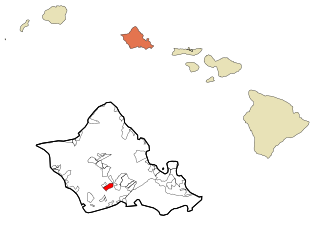
Waipahu is a former sugarcane plantation town and now census-designated place (CDP) located in the ʻEwa District on the island of Oʻahu in the City & County of Honolulu, Hawaiʻi, United States. As of the 2020 census, the CDP population was 43,485. The U.S. postal code for Waipahu is 96797.

The Oahu Railway and Land Company, or OR&L, was a 3 ft narrow gauge common carrier railway that served much of the Hawaiian island of Oahu, and was the largest narrow gauge class one common carrier in the U.S, until its dissolution in 1947.
Alexander & Baldwin, Inc. is an American company that was once part of the Big Five companies in territorial Hawaii. The company currently operates businesses in real estate, land operations, and materials and construction. It was also the last "Big Five" company to cultivate sugarcane. As of 2020, it remains one of the State of Hawaii's largest private landowners, owning over 28,000 acres (11,000 ha) and operating 36 income properties in the state.

The Hawaiian Railway Society is a 3 ft narrow gauge heritage railroad and railroad museum in Ewa, Hawaii, USA, on the island of Oahu. It uses the trackbed of the defunct Oahu Railway and Land Company. It is currently the only operating railroad museum in the U.S State of Hawaii.

Hans Peter (H.P.) Faye was a Norwegian-born businessman who developed sugarcane plantations on west Kauai.

Sugarcane was introduced to Hawaiʻi by its first inhabitants in approximately 600 AD and was observed by Captain Cook upon arrival in the islands in 1778. Sugar quickly turned into a big business and generated rapid population growth in the islands with 337,000 people immigrating over the span of a century. The sugar grown and processed in Hawaiʻi was shipped primarily to the United States and, in smaller quantities, globally. Sugarcane and pineapple plantations were the largest employers in Hawaiʻi. Today the sugarcane plantations are gone, production having moved to other countries.
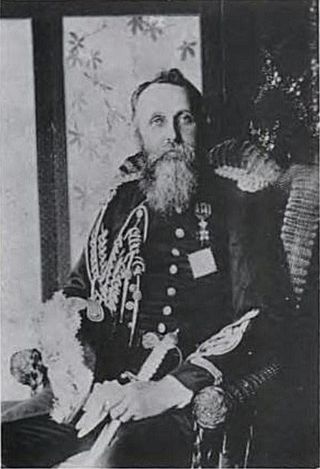
William Hyde Rice was a businessman and politician who served in the Kingdom of Hawaii, during the Kingdom's Overthrow, and in the following Republic of Hawaii and Territory of Hawaii governments. He collected and published legends of Hawaiian mythology.
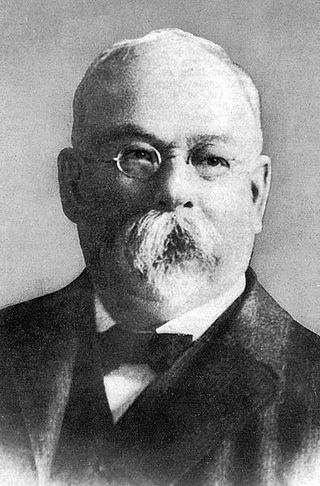
Henry Perrine Baldwin was a businessman and politician on Maui in the Hawaiian Islands. He supervised the construction of the East Maui Irrigation System and co-founded Alexander & Baldwin, one of the "Big Five" corporations that dominated the economy of the Territory of Hawaii.
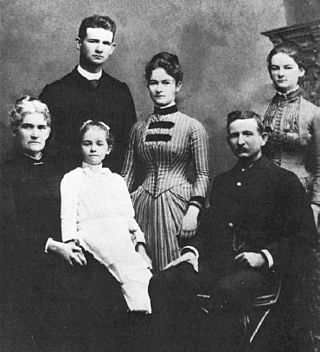
Samuel Thomas Alexander co-founded a major agricultural and transportation business in the Kingdom of Hawaii.

There are two heritage railways in Kauai, the birthplace of Hawaiian railroading. It was added to the National Register of Historic Places on January 19, 1979.
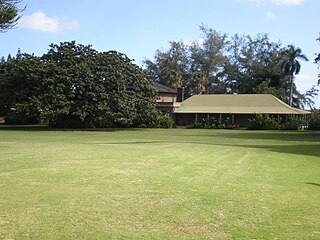
Grove Farm is a historic agricultural site on Kauai in the Hawaiian Islands.

George Norton Wilcox was a businessman and politician in the Kingdom of Hawaii and Territory of Hawaii.
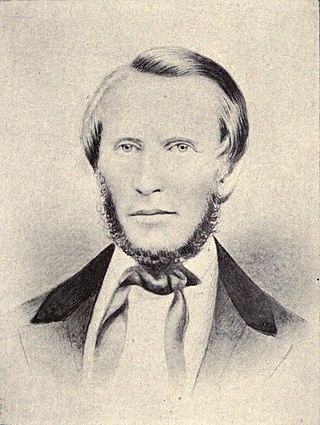
William Harrison Rice was a missionary teacher from the United States who settled in the Hawaiian Islands and managed an early sugarcane plantation.

Paul Isenberg was a German businessman who developed the sugarcane business in the Kingdom of Hawaii.

Albert Spencer Wilcox was a businessman and politician in the Kingdom of Hawaii and Republic of Hawaii. He developed several sugar plantations in Hawaii, and became a large landholder.

Alexander & Baldwin Sugar Museum is located in the small sugarcane growing and milling community of Puʻunene, Hawaii, Kahului, Maui. The museum exhibits the history of Hawaiian sugarcane plantations and Alexander & Baldwin and its role in the sugarcane industry in Hawaii. The company itself continues in business and though it has diversified, it continues to produce sugarcane. The museum itself in the former mill manager's house.

Spreckelsville is an unincorporated community on the northeastern coast of the west side of the island of Maui in the U.S. state of Hawaii.

Ursula Sophia Emerson was an American missionary in the Hawaiian Islands who co-founded the Waialua Protestant Church, later renamed the Liliʻuokalani Protestant Church, with her husband John Smith Emerson.